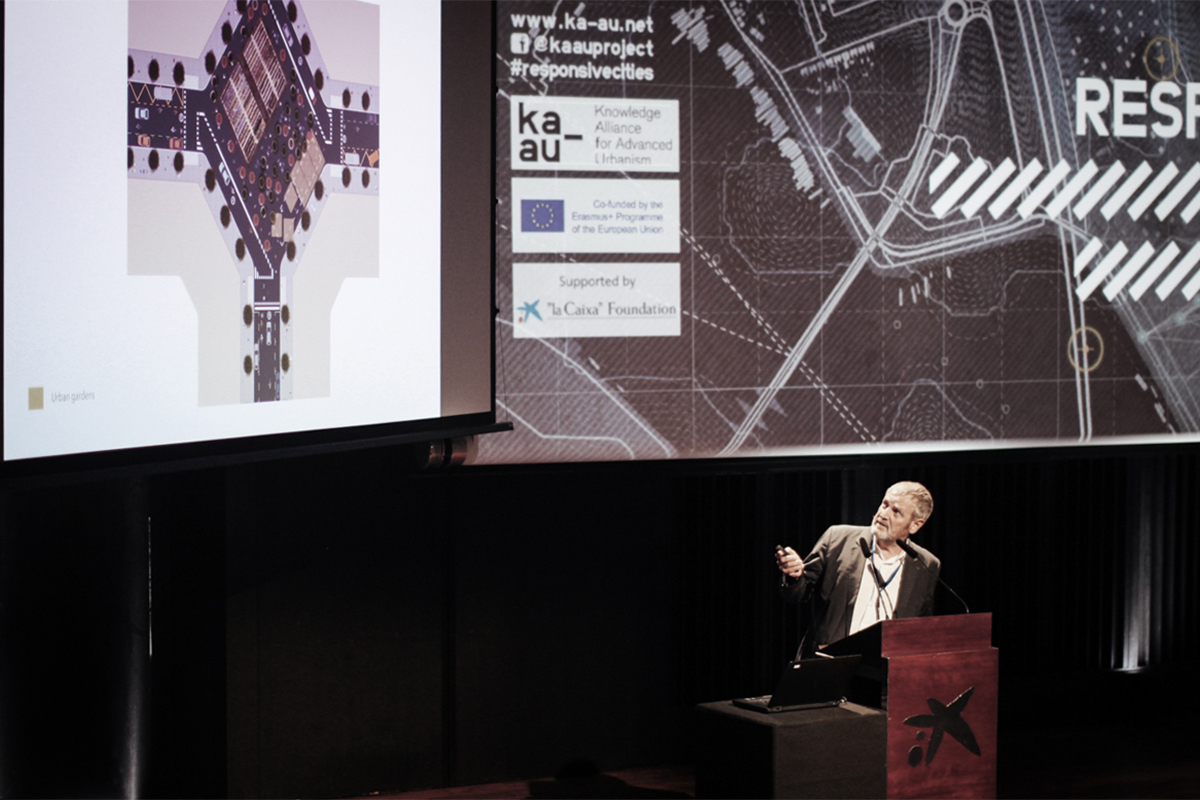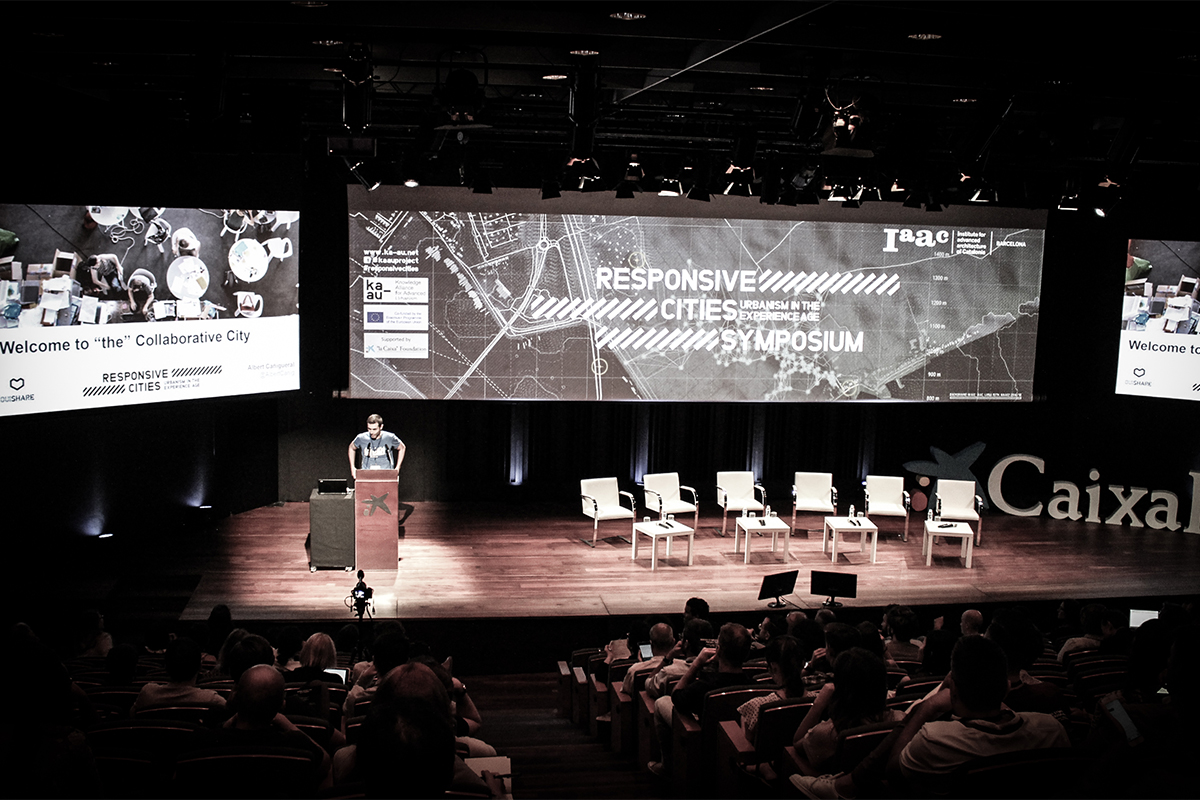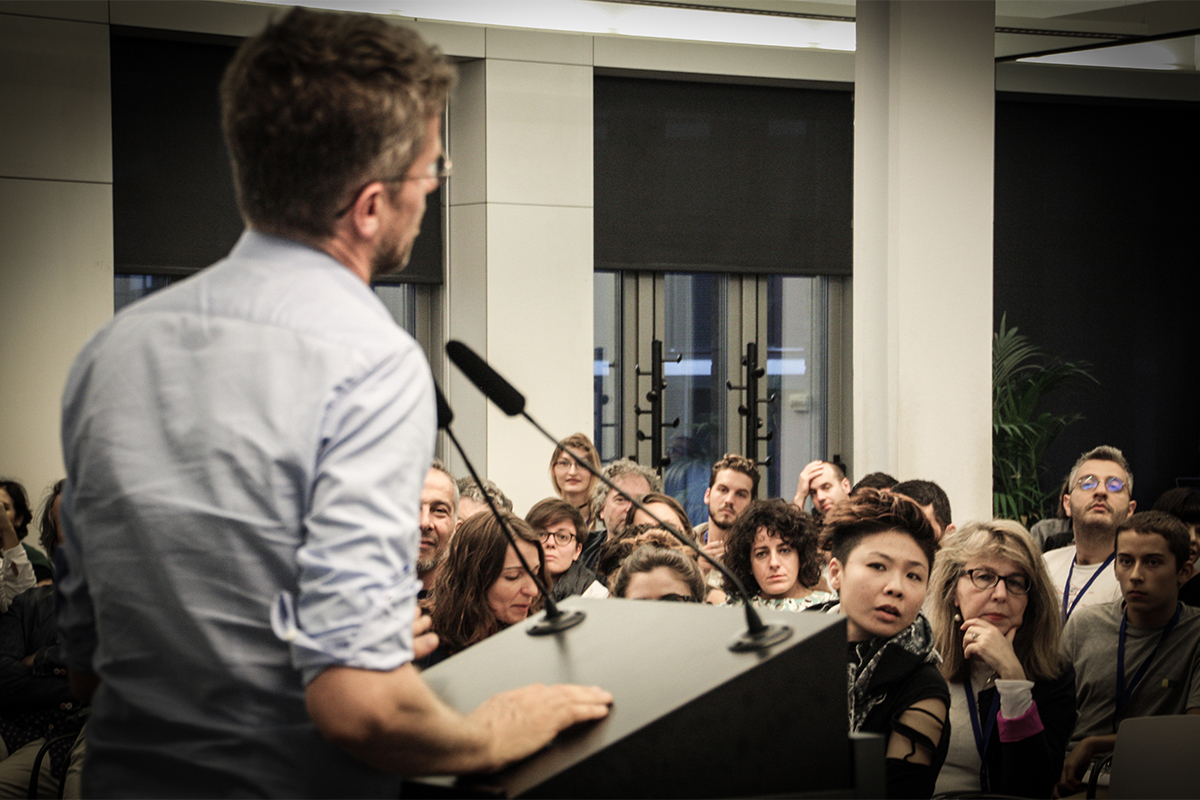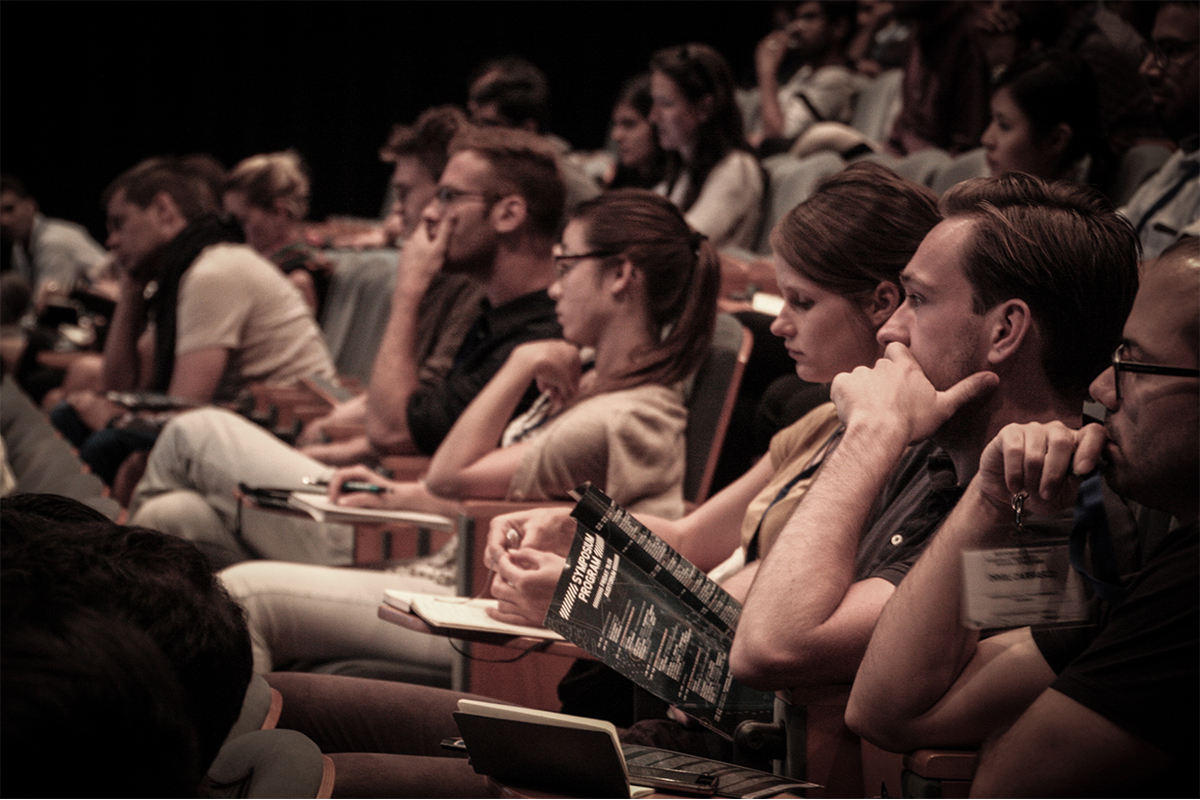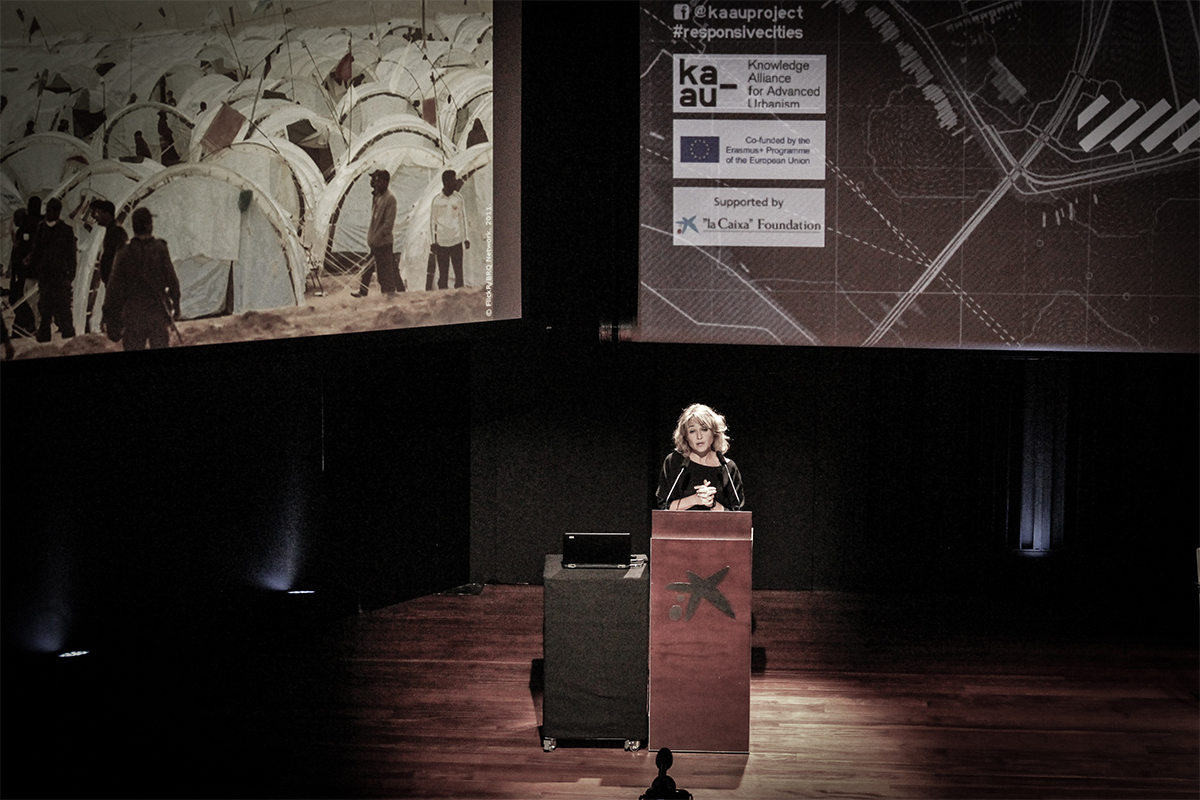Barcelona
September 16th and 17th, 2016.
Urbanism in the Experience Age (RSC)
Responsive Cities Symposium
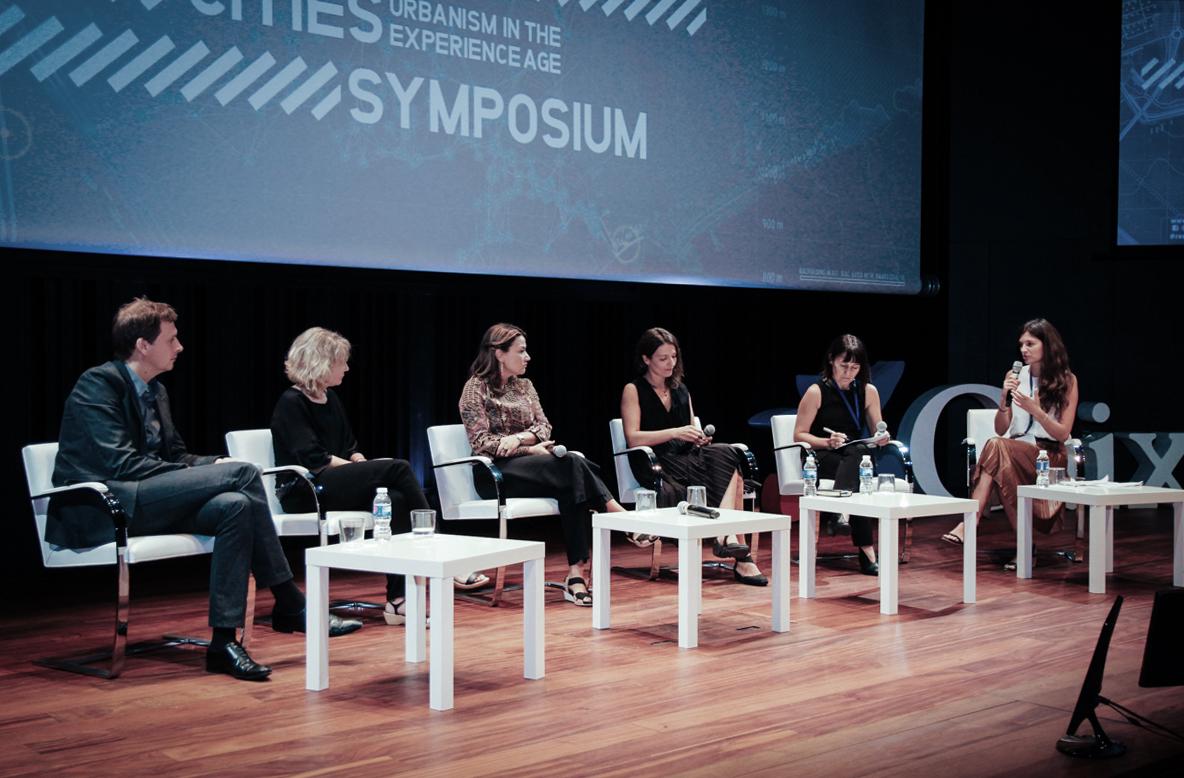


The Information Age saw the role of architects and urbanists in generating visions for the city’s future start to fade and the Smart City was theorized, described and developed by IT companies, who dominated the knowledge and access in technological advancements. Today’s advances create a scenario where technology has started to be embedded in our everyday life in such ways that it is becoming part of our bodies and surrounding environment, hence overcoming the desktop era.
Architecture transforms into an evolutionary organism, able to react in real-time to various data, finally questioning the solid principles of durability, stability or longevity. Wearable and virtual reality technologies allow us to relate to each other and with the environment at augmented levels.
At the same time, DIY and open source cultures push towards the democratization of technologies and production means, bringing them closer to users, and allowing them to actively participate through an experiential peer-to-peer learning and making process. The day that internet connection will truly be democratized for every person on the planet, and technology will be deeply embedded and integrated into objects, human bodies and space, the debate for technology per se will end, finally opening the way to deeper social, spatial and learning synergies. The Information Age is giving way to an Experience Age, characterized by high levels of physical interaction and emotional involvement.
In this context, the Urbanism in the Experience Age Symposium claims a renewed active role for architects: the objective is to go beyond the limitations of the “Smart City” vision, investigating “Advanced Urbanism”, intended as the practice of designing and planning receptive and reactive spaces, rather than the mere application of technological systems. Such a vision requires us to rethink our design tools and planning processes, as well as the invitation to revise the educational models surrounding urban sciences.
Following the Advanced Urbanism paradigm is a Responsive City that, through new communication protocols and design approaches, the city planned becomes an adaptive, emotional and experiential environment, able to hyper-connect and process information, changing its shape and performance according to the contingencies.



